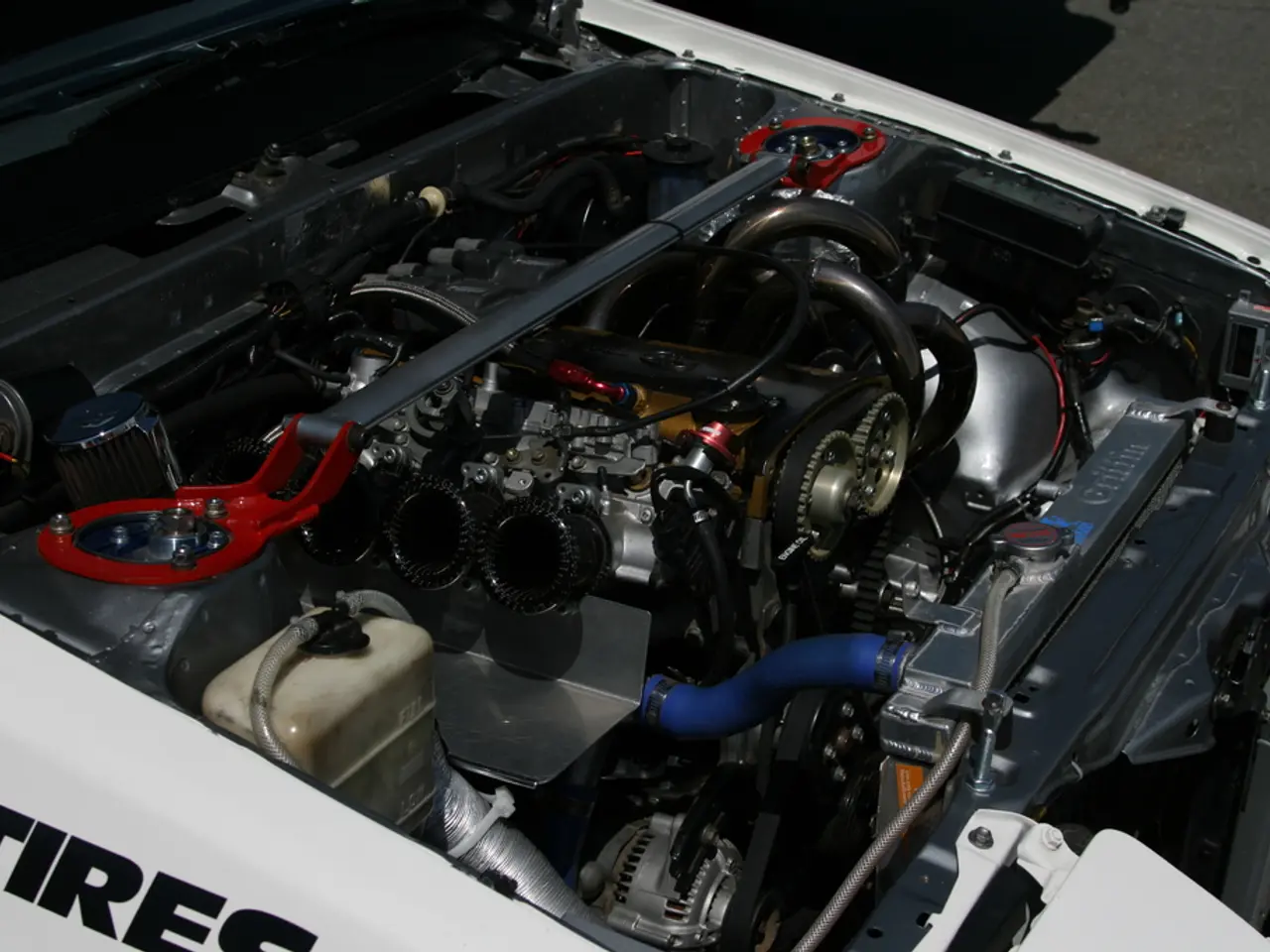Next-Gen Battery Tech Nears Commercialization: Challenges and Opportunities
Next-generation battery technologies are nearing commercialization, with alternatives to lithium-ion batteries like alkali-metal anodes and solid electrolytes gaining traction. A recent study in Nature explores the challenges and opportunities these innovations bring.
The study highlights issues like rapid gas release and toxic byproducts, which require new research methods. It also discusses the need for updated testing tools and procedures to understand these advanced batteries better.
Currently, institutions like the CircuBAT project in Bern focus on battery recyclability. German suppliers invest in solid-state batteries, recycling technologies, and intelligent battery management systems. Companies also develop carbon nanotube- and graphene-based materials to enhance performance and sustainability.
Breakthroughs in modeling and artificial intelligence can predict the behavior of emerging battery designs. However, professionals from pack designers to first responders need support to manage hazards and ensure safe roll-out of these new cells.
Lithium-ion batteries, now affordable and readily available, have benefited consumer electronics, electric vehicles, and energy storage systems. As next-generation batteries commercialize, addressing their unique challenges will be crucial for safe and widespread adoption.
Read also:
- Senate Tillis under spotlight in North Carolina as IRA tax incentives remain uncertain
- projected growth for the natural acetoin market: $291.6 million by 2034
- Latest Edition of Bus-News Magazine Arrives for 2023!
- Testing the Camp Mode of the 2025 Tesla Model Y with Juniper's interior housing two kids, shockingly low CO2 levels were discovered.








